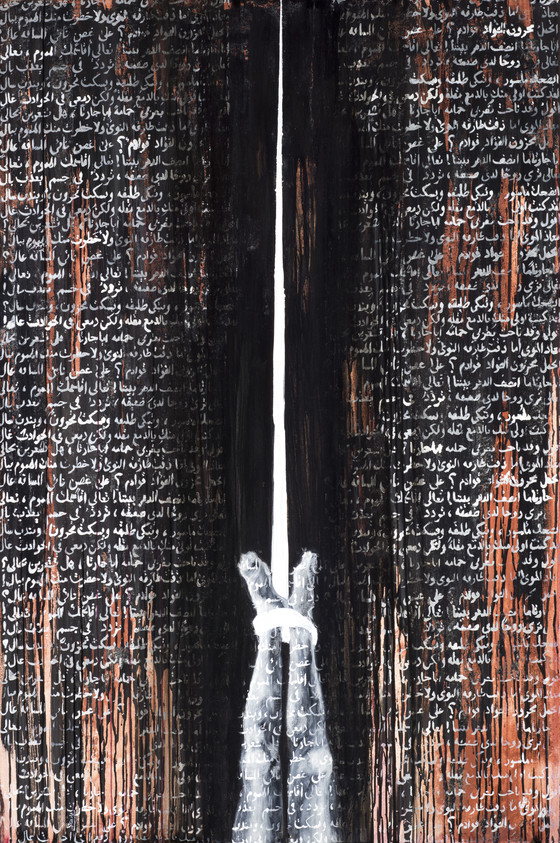Upside Down, from the series Hanging
Please log in to add this item to your gallery.
View comments
No comments have been posted yet.
Add a comment
Please log in to add comments.
Please log in to add tags.
* Nearly 20,000 images of artworks the museum believes to be in the public domain are available to download on this site.
Other images may be protected by copyright and other intellectual property rights.
By using any of these images you agree to LACMA's Terms of Use.
Upside Down, from the series Hanging
Series: Hanging
2008Paintings
Mixed media on canvas
72 1/4 × 48 × 2 in. (183.52 × 121.92 × 5.08 cm)
Gift of the artist and Leila Heller Gallery, New York (M.2012.123)
Not currently on public view
